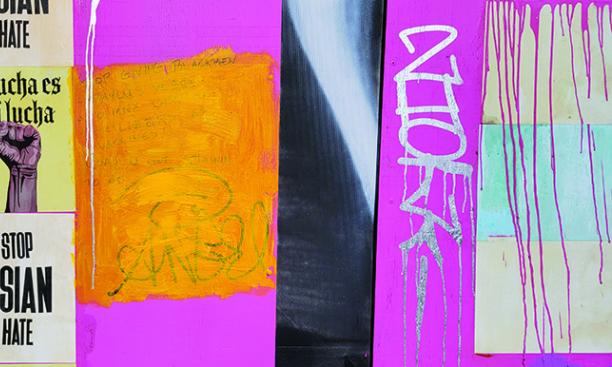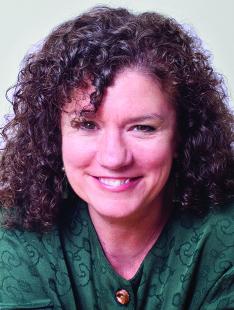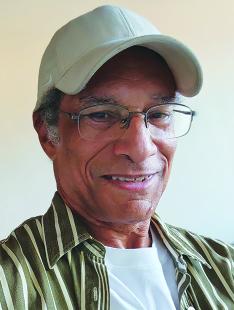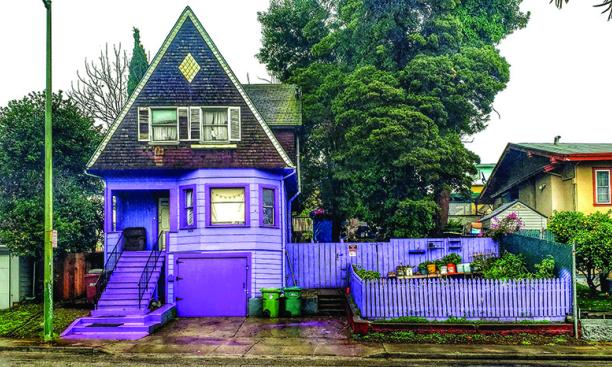
Photos of painted buildings, front yards, shop signs, graffiti, and more objects across Oakland, California, are at the center of Constance “Connie” Hale ’79 and Malcolm Ryder ’76’s collaborative project Oaktown. Composed of collections of Ryder’s photographs accompanied by Hale’s writing, the goal of the project is to present Oakland on its own terms.
“When you’re not from Oakland, the image you have in your mind of Oakland is absolutely horrifying, and it’s been propagated for decades by the mass media,” says Ryder, who has been living in Oakland for nearly three decades. “It’s very racist, and it’s always somebody who’s not from here trying to tell everybody what this place is about. My goal, which is significantly political, is to let Oakland speak for itself.”
Ryder, who grew up in a segregated community in Norfolk, Virginia, and Hale, who grew up in Waialua, Hawaii, first crossed paths on the Princeton campus. A few years apart, they were friendly but not quite friends. “Everybody remembers Malcolm,” Hale says. “He was the guy with two cameras around his neck and one in his hand.” After college Hale moved to California to pursue writing and Ryder to New York to work as a photographer.
They didn’t reconnect until one day in the early 2000s when Hale spotted Ryder at an Oakland cafe. The two were happy to connect and exchanged well-intentioned promises of getting together soon. But it wasn’t until many years later, when Ryder, working then in management consulting, posted a series of photographs on Facebook that caught Hale’s eye, that they really began the next phase of their relationship. The photos were of the Alameda Naval Base, a decommissioned military base in Oakland, and after seeing them Hale reached out. “She was the first really serious person to encourage me to look at those pictures in a much more deliberate way,” says Ryder, who is now doing photography full time. From there, the two began communicating often about Ryder’s work, work which included thousands of photographs of Oakland. Hale, a freelance writer for PAW and other publications, got the idea to profile Ryder and he was game.
She began interviewing him, and then deep in the early months of the pandemic the two met up to spend a day together so Hale could follow Ryder as he explored the city taking pictures. It was impactful for them both.

Ryder adds, “Long after that day, I was still replaying it in my mind. I had the realization that she was now affecting my thought process while I was making pictures.” The profile was published in Alta in September 2020, but the two kept talking. About a year and a half later, they finally decided to collaborate. “It was certainly an opportunity we knew we shouldn’t pass up,” he says.
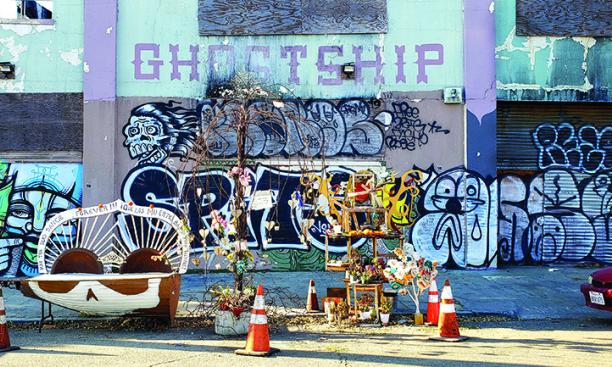
The duo is so complementary of one another that it can be hard to tell where one’s work ends and the other’s begins, but it seems their collaboration is such that Ryder takes the photographs, which Hale curates into thematic collections and provides any writing necessary to supplement the visuals. The Oaktown website houses the photographs in categories — such as “Streets and Walls” and “Architecture and Industrial Ruin” — along with more journalistic and narrative-driven collections, like a project they’re working on now called “Adeline Graffiti Palace,” focused on a local graffiti haven. Another project, “Thirteen Ways of Looking at Kasper’s,” was inspired by the Wallace Stevens poem “Thirteen Ways of Looking at a Blackbird” and tells the story of a now abandoned, but legendary, hot dog joint turned street artist canvas.
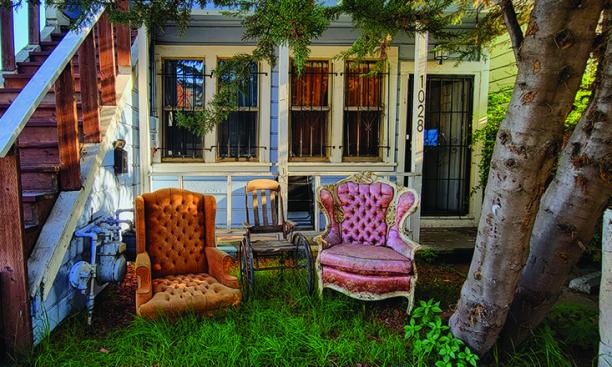
Ryder’s photographs leave a lot up to the imagination. They capture environments made by humans but not the humans themselves. “There’s all kinds of biases that we’re not even aware of,” Hale says, paraphrasing Ryder’s reasoning behind the photos’ lack of people. “If there’s no person in the photo, we’re really looking at the photo as a photo, we’re looking at the building as a building, and we’re looking at what traces of life people have left.”
The original intention of their collaboration was to make a book, but Hale and Ryder’s goals have evolved. They seem most interested now in the many ways they can have their work seen, especially by local audiences. “It’s not just having the photos in galleries where a certain kind of person goes to look at photos and buy the photos,” Hale says, “but to also get the photos out into the communities of people who might actually be affected by seeing the photos. They might see their neighborhoods differently, they might see themselves differently.”
